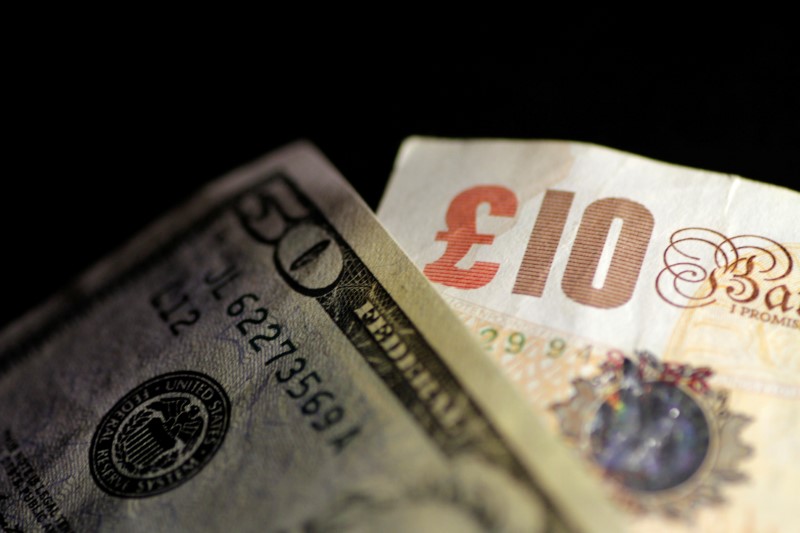Forex
Dollar slips lower after mixed CPI data; sterling helped by GDP growth


© Reuters.
Investing.com – The U.S. dollar steadied in early European trade Friday, as investors digested mixed U.S. consumer inflation data and the potential impact on future Federal Reserve rate cuts.
At 04:25 ET (09:25 GMT), the Dollar Index, which tracks the greenback against a basket of six other currencies, traded flat at 102.022, down from Thursday’s high of 102.76 but well ahead of the five-month low of 100.61 hit in December.
Dollar slips after CPI release
U.S. edged 0.3% higher in December, data released Thursday showed, up an 3.4%, ahead of expectations for a 0.2% gain and 3.2% rise, respectively.
However, the dollar received little support from this as ‘core’ CPI, which excludes volatile food and energy prices, fell again, suggesting underlying inflation remains in retreat.
Fed officials have tried to play down the likelihood of early interest rate cuts, with Cleveland Fed President saying on Thursday that the latest CPI figures means that it would likely be too soon for the central bank to cut its policy rate in March.
However, the majority of traders still expect the Fed to begin cutting rates as soon as March.
“A March rate cut is still over 60% priced in, and we still see short-term vulnerability for risk assets from a hawkish repricing,” said analysts at ING, in a note.
Attention now turns to the release of U.S. producer prices later in the session, with expected to rise 0.1% on the month in December, an rise of just 1.3%.
Sterling gains on U.K. GDP growth
In Europe, rose 0.1% to 1.2775 after data released earlier Friday showed that Britain’s economy grew slightly more strongly than expected in November, with the country’s rising 0.3% on the month, beating forecasts for a 0.2% expansion.
and production both expanded in November, after sharp retreats the prior month, raising hope for the country’s economy, one of the weakest in Europe.
edged 0.1% higher to 1.0975, with and inflation data confirmed at 3.7% and 3.1%, respectively, on an annual basis.
“EUR/USD was rejected at the 1.1000 key resistance level,” ING said, and “we now expect some more days of rangebound trading, with some modest downside risks.”
Yuan benefits from Chinese data
Elsewhere, fell 0.1% to 7.1622, after Chinese inflation and trade data signaled some signs of recovery in Asia’s largest economy in December. rose slightly month-on-month, while grew more than expected.
traded 0.2% lower to 145.02, after recovering sharply against the dollar on Thursday. Markets still expect the Bank of Japan to reiterate its ultra-dovish stance later this month.

 Forex3 years ago
Forex3 years agoForex Today: the dollar is gaining strength amid gloomy sentiment at the start of the Fed’s week

 Forex3 years ago
Forex3 years agoUnbiased review of Pocket Option broker

 Forex3 years ago
Forex3 years agoDollar to pound sterling exchange rate today: Pound plummeted to its lowest since 1985

 Forex3 years ago
Forex3 years agoHow is the Australian dollar doing today?

 Cryptocurrency3 years ago
Cryptocurrency3 years agoWhat happened in the crypto market – current events today

 World3 years ago
World3 years agoWhy are modern video games an art form?

 Commodities3 years ago
Commodities3 years agoCopper continues to fall in price on expectations of lower demand in China

 Economy3 years ago
Economy3 years agoCrude oil tankers double in price due to EU anti-Russian sanctions


























